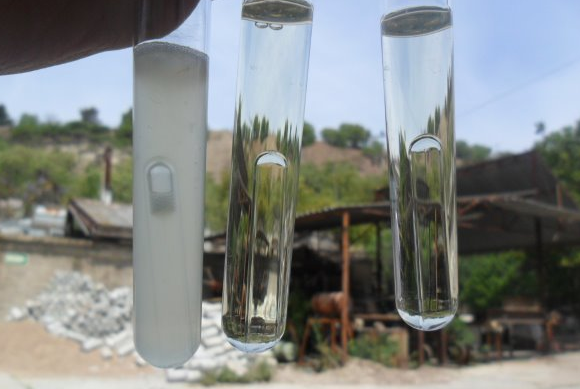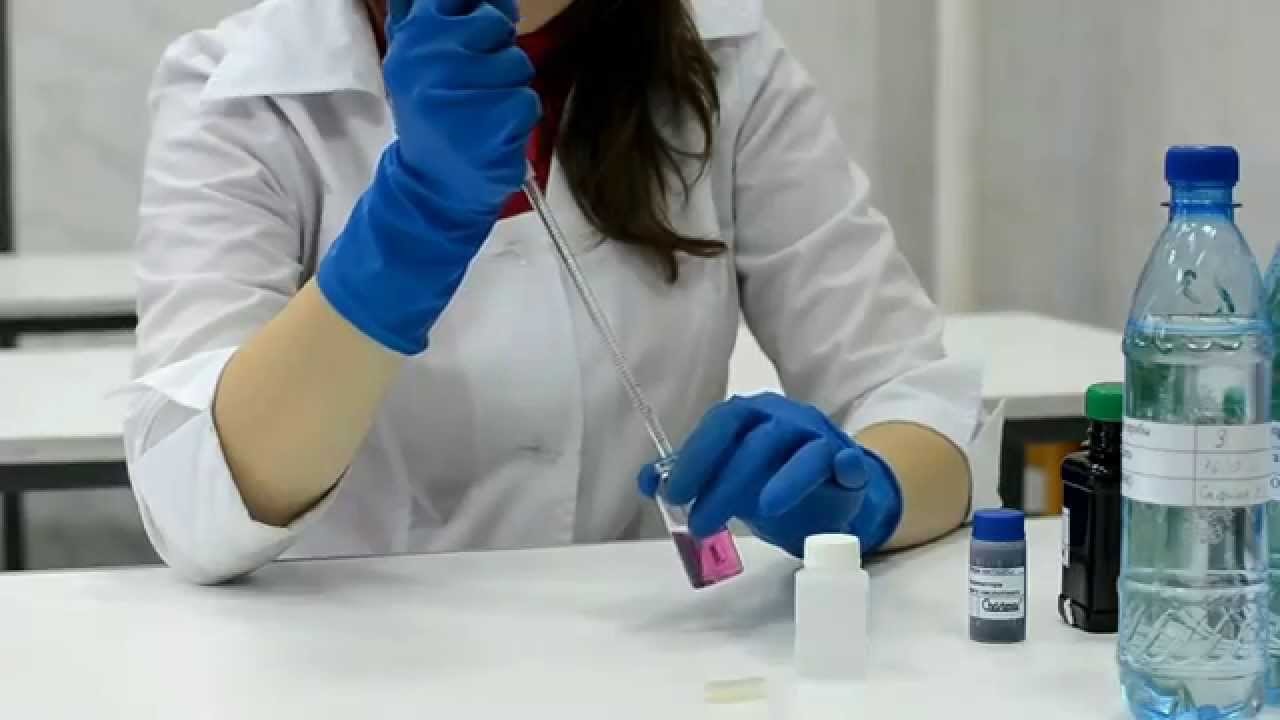
Precautions for water samples during hardness testing
1. If the tested water sample is highly acidic or alkaline, you can neutralize it with 5% sodium hydroxide solution and hydrochloric acid solution (1+4) and then add buffer solution.2. If the iron content in the water sample is greater than 2 mg, aluminum greater than 2 mg, copper greater than 0.01 mg, and manganese greater than 0.1 mg interfere with the determination, use 2 mL of 1% L-cysteine hydrochloride solution and 2 mL before adding the indicator Triethanolamine solution (1+4) performs joint masking to eliminate interference. If there is a small amount of zinc, 0.5 mL of β-aminoethanethiol can be added for masking, but if the content of zinc is high, the specific value can be determined and subtracted from the total hardness.

Problems that need to be paid attention to when detecting operation
1. For water samples with higher carbonate hardness, before adding the buffer solution, you should dilute or add 80% to 90% of the required EDTA standard solution amount (recorded in the titration volume), otherwise, after the buffer solution is added, the carbonate Calcium precipitates and the end point is prolonged.2. When titrating water samples with low magnesium content, adding a small amount of magnesium salt to the buffer solution can make the end point change sharply.
3. After the water sample is added to the buffer solution, in order to prevent the precipitation of calcium salt and magnesium salt, it must be titrated immediately. If precipitation occurs, it is necessary to dilute the water sample and re-sampling for determination.
4. Tungsten filament light makes the end point purple, so it is not suitable for use. It should be titrated under natural light or fluorescent lamp.
5. Some metal ions can fade chrome black T, or make the end point inconspicuous, which can be overcome by adding inhibitors before titration. The inhibitors can be any of the following.
a. Add 250mg of sodium cyanide to the titrated solution. At this time, add enough buffer solution to make the pH 10 ± 0.1.
b. Dissolve 5.0g of sodium sulfide in 100mL of water, and plug the bottle mouth with a rubber stopper to prevent air from entering. Add 1 mL at the time of titration.
c. Dissolve 4.5g hydroxylamine hydrochloride in 100mL 95% ethanol or isopropanol, and then add this solution to the indicator.
6. The titration should be carried out at room temperature, because the temperature is too low and the color changes slowly, and the titration process should not exceed 5 minutes. If the hardness is high, calcium carbonate precipitation can occur during the titration process. The method of diluting the water sample can be used, or before adding the buffer solution, add 90% or more of the titrant to the water sample, or acidify the water sample before adding the buffer solution and stir for 2 minutes to remove carbon dioxide.
7. When the EDTA is used to titrate to the end point, the complexation reaction is slow, so the titration speed should be slowed down and shaken fully until the color changes.
8. If there is slight color reversion, drop it until the color does not return. If the color reversion is serious, take another water sample and add hydrochloric acid dropwise to make it acidic, heat it to boiling, and then add ammonia water until it is neutral before normal operation.
You must pay attention to the above points when testing water hardness.



